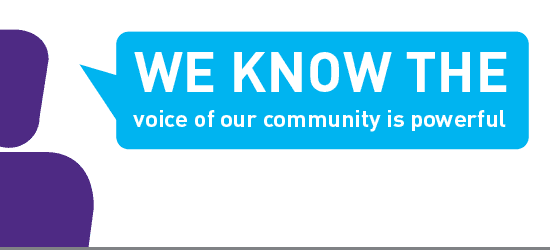
Each year since 2017, Cure SMA has conducted a Community Update Survey. This online questionnaire is sent to all individuals with spinal muscular atrophy (SMA) and caregivers of children with SMA in the Cure SMA database to capture self- and caregiver-reported data on disease characteristics and health outcomes. Cure SMA uses data collected through the survey to further understand and describe the experience of people affected by SMA, as well as help advocate with federal and state policymakers, insurers, and other key officials about ongoing care, treatment, and program needs of the SMA community.
The survey covers questions on demographics, (e.g., sex, age at survey, vital status, educational level, employment); disease characteristics (e.g., age at diagnosis, SMN2 gene copy number); respiratory interventions, motor function, surgeries and hospitalizations; and quality of life assessments. We are excited to announce that, recently, two manuscripts on the data collected from the Community Update Survey were accepted for publication.
The first manuscript, “The Cure SMA Membership Surveys: Highlights of Key Demographic and Clinical Characteristics of Individuals with Spinal Muscular Atrophy,” was published in the Journal of Neuromuscular Diseases. This paper presented the results from the 2017 and 2018 Cure SMA Community Update Surveys. In 2017, 726 surveys were completed by the Cure SMA community and 796 surveys were completed in 2018. Both the 2017 and 2018 surveys highlighted the noteworthy diagnostic delay experienced by SMA patients, as calculated from the age at symptom onset to age of diagnosis. In the 2018 survey, the average diagnostic delay, in months, was 5.2, 22.9, and 114.4 for Type 1, Type 2, and Type 3, respectively. Additionally, the results from the 2017 and 2018 called attention to the level of physical disability in individuals with SMA. In 2018, more than half of individuals with SMA Type 1 had head control, and less than half of those with Type 2 or Type 3 were sitting unsupported or walking independently, respectively.
The second manuscript, “Quality of Life Data for Individuals Affected by Spinal Muscular Atrophy: A Baseline Dataset from the Cure SMA Community Update Survey,” was published in the Orphanet Journal of Rare Diseases. This paper presented quality of life data collected from the 2019 Cure SMA Community Update Survey using the Health Utilities Index (HUI), the Work Productivity and Activity Impairment (WPAI), and the Patient Reported Outcomes Measurement Information System (PROMIS) fatigue questionnaires. The HUI is a system used to measure health status, health-related quality of life, and producing utility scores, which range from -0.36 (worst possible health state) through 0.00 (death) to 1.00 (perfect health). The HUI scores from the Community Update Survey ranged from -0.05 to 0.64, with higher scores among those with increased motor functions. The WPAI assesses impact of SMA on productivity for both adults with SMA and caregivers of children with SMA with higher scores indicating higher impairment and less productivity. Caregivers of children with SMA on permanent ventilation reported the highest levels of activity impairment, while caregivers of people with SMA that can walk independently reported the lowest levels of productivity lost. The PROMIS Fatigue measures the experience and impact of fatigue among various populations and, specifically to the Community Update Survey, the instrument was used to measure fatigue through parent-proxy in children between the ages of 5 and 17 years. Scores range from 0-100 with higher scores representing higher fatigue levels. Among the survey responders, the PROMIS scores ranged from 55.7-57.6, higher than the general population score of 50.0.
[fusion_tagline_box content_alignment=”left” link=”” button=”” linktarget=”_self” modal=”” button_size=”” button_type=”” button_border_radius=”” buttoncolor=”default” title=”” description=”” hide_on_mobile=”small-visibility,medium-visibility,large-visibility” class=”” id=”” backgroundcolor=”” shadow=”no” shadowopacity=”0.7″ border=”1″ bordercolor=”” highlightposition=”left” margin_top=”” margin_bottom=”” animation_type=”” animation_direction=”left” animation_speed=”0.3″ animation_offset=””]
The Community Update Surveys play an integral part in helping Cure SMA and the greater research community understand the evolving landscape of the SMA experience. Additionally, the data collected through the surveys helps us lay foundations for future SMA initiatives. Cure SMA is extraordinarily grateful to all the individuals and caregivers who took the time over the past 4 years to respond to a survey and share their details on how SMA has impacted their lives. Cure SMA will be launching their 5th Annual Community Update Survey in the spring of 2021 and encourages everyone to participate by completing a survey. Survey links will be emailed and posted on our social media pages.
[/fusion_tagline_box]



